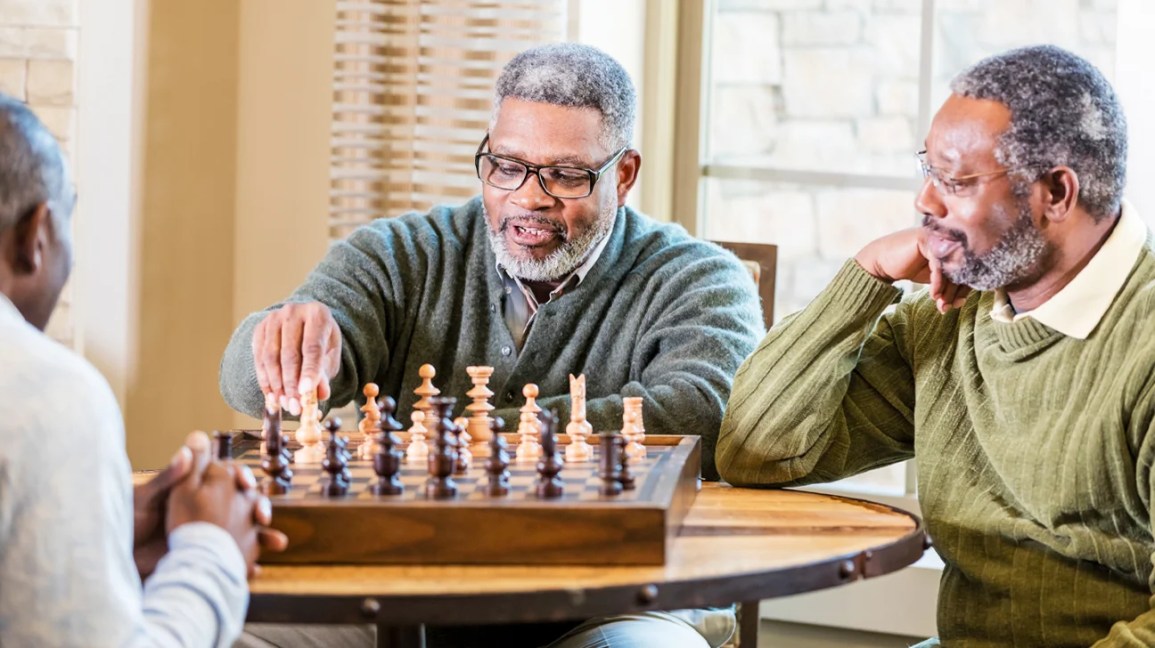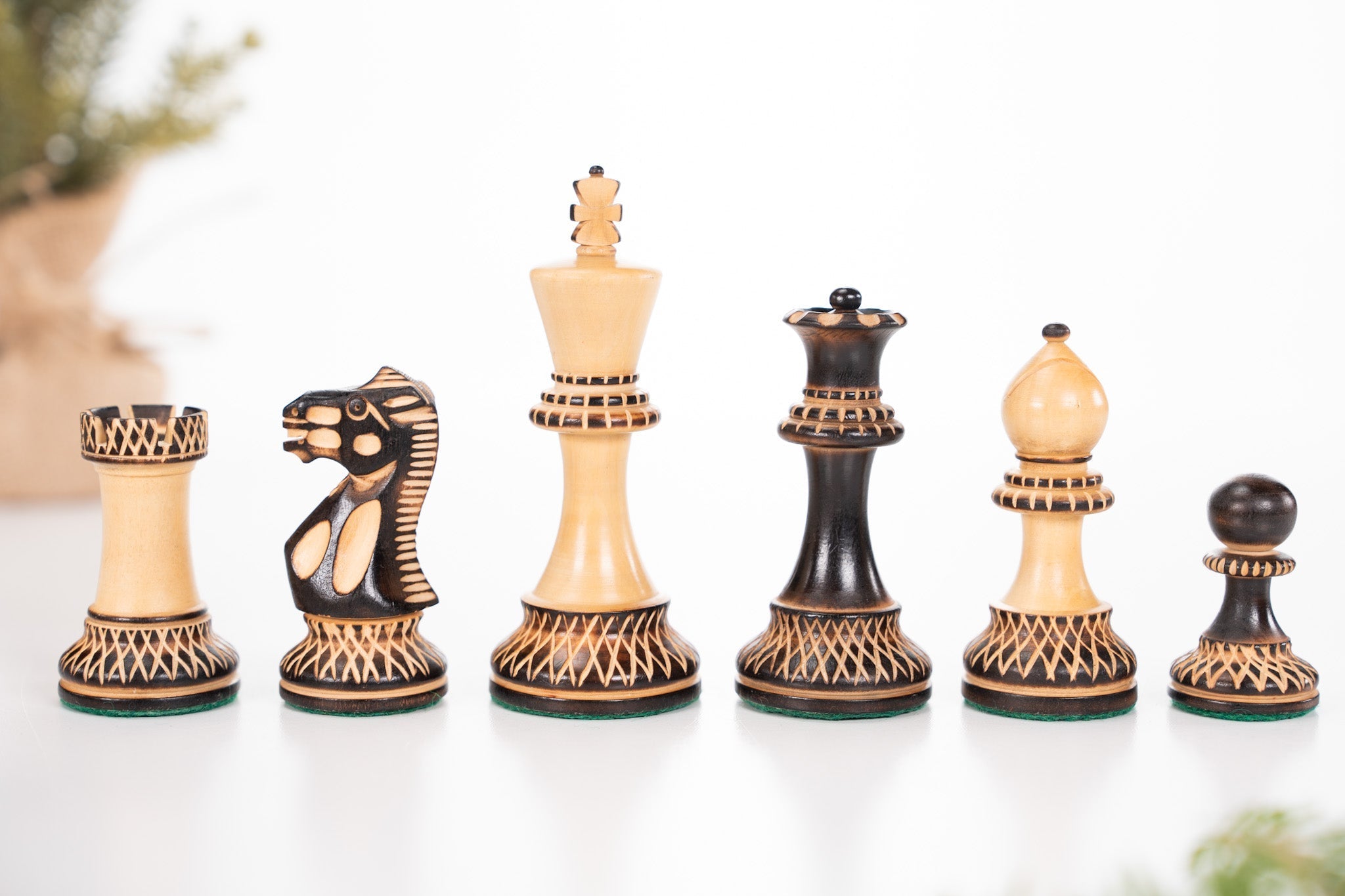Chess is a fun and smart game. It is played worldwide. Here are 10 basic chess rules. They will help you understand this classic game.
1. The Chessboard
The chessboard has 64 squares. It has 8 rows and 8 columns. The squares are in two colors. One is light, and one is dark.
Each player starts with 16 pieces. The pieces are set on the first two rows for each player. The board is placed so that each player has a white square on their right-hand side.
2. The Pieces
There are six types of pieces in chess:
- Pawn: There are 8 pawns. They are in the front row.
- Rook: Each player has 2 rooks. They are in the corners.
- Knight: Each player has 2 knights. They are next to the rooks.
- Bishop: Each player has 2 bishops. They are next to the knights.
- Queen: Each player has 1 queen. She is the most powerful piece.
- King: Each player has 1 king. He is the most important piece.
3. The Objective
The main goal of chess is to checkmate the opponent’s king. This means the king cannot escape capture. The game ends when one player achieves checkmate.
4. How Pieces Move
Each piece moves in a unique way:
- Pawn: Moves forward one square. Can move two squares on its first move. Captures diagonally.
- Rook: Moves horizontally or vertically any number of squares.
- Knight: Moves in an L-shape. It can jump over other pieces.
- Bishop: Moves diagonally any number of squares.
- Queen: Moves horizontally, vertically, or diagonally any number of squares.
- King: Moves one square in any direction.
5. Special Moves
There are some special moves in chess:
- Castling: The king moves two squares towards a rook. The rook moves to the square next to the king. This move helps protect the king.
- En Passant: A pawn captures another pawn that has moved two squares forward. This move can only be done immediately after the pawn moves two squares.
- Promotion: A pawn reaches the other side of the board. It can become any other piece, except the king.
6. Check and Checkmate
When a king is in danger, it is called “check”. The player must move the king out of check. If the king cannot escape, it is “checkmate”. The game ends and the player who delivered checkmate wins.
7. Stalemate
If a player has no legal moves and their king is not in check, it is a stalemate. The game ends in a draw. Neither player wins.

Credit: www.youtube.com
8. Draw
A game can also end in a draw for other reasons:
- Both players agree to a draw.
- There are not enough pieces left to checkmate.
- The same position repeats three times.
- 50 moves have been made without a pawn move or capture.

Credit: www.reddit.com
9. Touch-Move Rule
If a player touches a piece, they must move it. If a player touches an opponent’s piece, they must capture it. This rule teaches careful planning.
10. Etiquette
Good manners are important in chess. Players should shake hands before and after the game. They should not distract their opponent. They should be respectful and quiet.
Frequently Asked Questions
What Is The First Rule Of Chess?
The first rule is setting up the board correctly.
How Do Pawns Move In Chess?
Pawns move forward one square, but capture diagonally.
Can A Pawn Move Two Squares?
Yes, pawns can move two squares on their first move.
How Does The Knight Move?
Knights move in an “L” shape: two squares in one direction, then one square perpendicular.
Conclusion
These basic chess rules will help you get started. Chess is a game of skill and strategy. Practice and enjoy playing. Over time, you will get better and understand more. Have fun!







